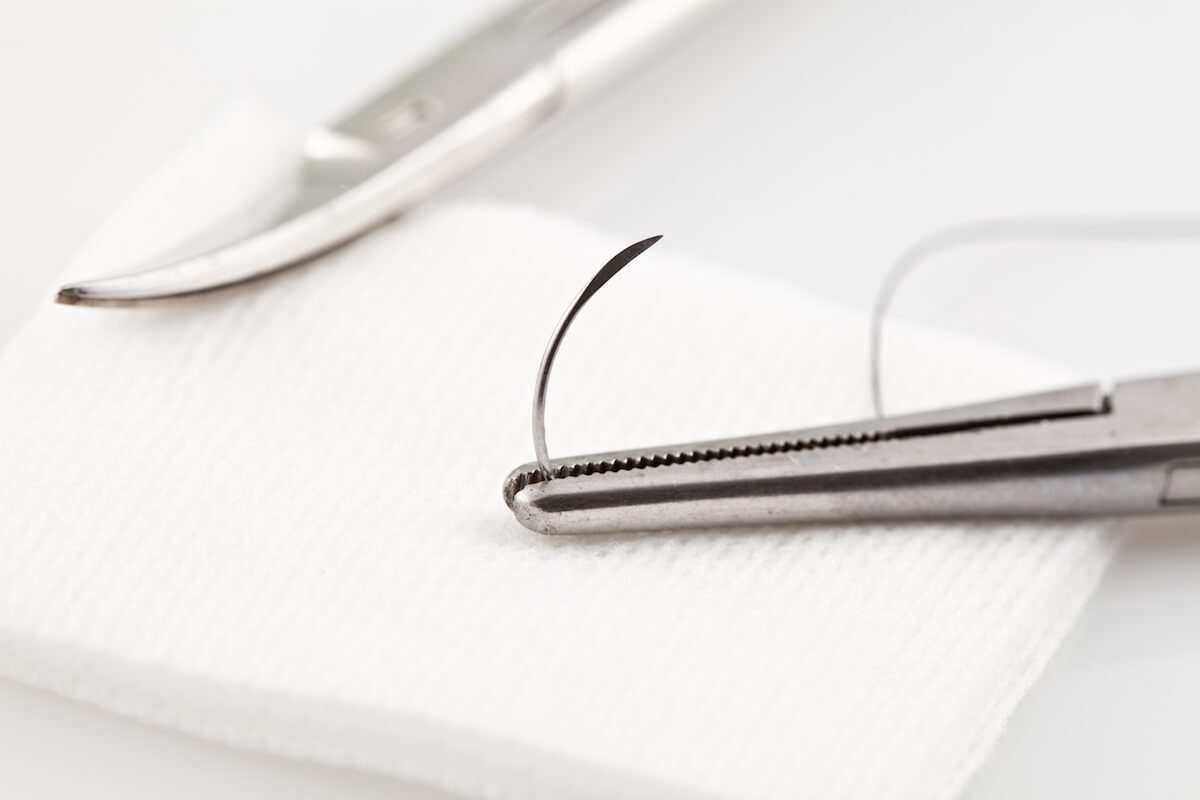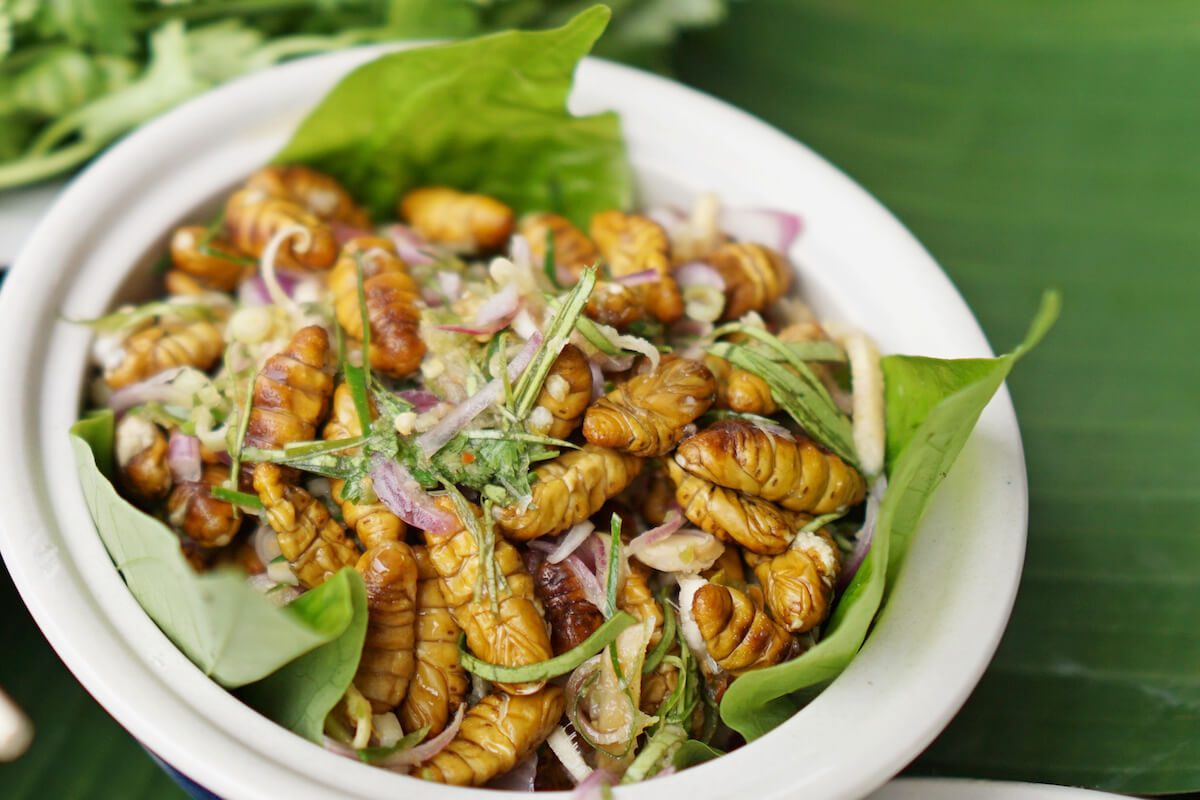Blog
Future of Food: Why We Should All Be Eating Silkworms
Looking for something different to add to the mix as you seek a healthier lifestyle?
While nothing can still beat an apple a day to keep the doctor away, in South Korea, some people eat silkworms.
Its protein is said to have many health benefits.
According to naturopath experts at Have Lock Healing, “although perhaps an unconventional choice in the West, silkworms are able to help reduce fatigue, prevent Alzheimer’s disease, minimises the occurrence of diabetes, and even helps keep muscles stronger.”
In Western countries, when we talk about edible insects, some of the most common that come in mind are grasshoppers, mealworms and crickets.
However, did you know that globally speaking, silkworms are more popular and are far more consumed?
Many people consider the silkworm as a true delicacy!
Countries which normally consume these would include but are not limited to Korea, China, and Thailand. Commonly referred to as Beondegi, which you can even find in 7-Eleven shelves!
Other than being high in protein, the silkworm pupae are also rich in vitamins and minerals, which is probably why this is also popular for its medicinal use.
Just to give a brief history of silkworms, the Chinese used these approximately 3,000 years ago.
In terms of traditional and Western medicine, sometimes, it doesn’t just make sense why these insects are consumed for medicinal properties.
Are there any scientific research and studies on these?
Luckily for you, silkworms are widely studied – including the medicinal and nutritional properties of their peptides and proteins.
Silkworms As Food
In the streets of Korea, “Beondegi” can be either steamed or boiled silkworm chrysalis and are often served as snacks.

According to recent research, the protein and amino acids coming from the silkworm pupae are significantly higher as compared to soybeans.
According to the nutrition experts at Get A Healthy Life, “silkworms are also widely used and favoured by science because they contain unsaturated fatty acids. These unsaturated fatty acids play a crucial role in lowering the body’s lipid levels – weight gain, and even obesity.”
In a clinical study where silkworms are fed to rats, increased skeletal muscle strength is noticed versus swimming activities. With that being said, this is starting to gain popularity when it comes to bodybuilders and those individuals who are trying to increase their strength, muscle mass and energy.
Additionally, it has been found out that silkworm proteins, combined with exercise, have been found to have numerous benefits.
They help with the production of antioxidants, decreased inflammatory cytokines and MDA.
When consumed, silkworm and exercise are also known to help improve metabolism, which could be the solution to minimizing obesity.
Other studies indicated that silkworm consumption is known to help minimize blood cholesterol, prevents liver cirrhosis and reduced fat accumulation.
Simply said, consuming silkworms and adding it to one’s diet can potentially help lose weight.
According to the business loan experts from Max Funding, the demand for additional finance may in part be fuelled by emerging culinary trends. They explain “the days of entrepreneurs seeking funding for traditional business ventures is over. More and more we’re seeing funding for start ups that are tapping into emerging trends, and these are areas with explosive potential for growth.”
With a recent report suggesting the demand for edible insects is already on the rise in Australia, it seems the days of going out for silkworms may be closer than we think.
Are There Medical Benefits Of Silkworms?
Did you know that silkworm fibers are biodegradable and are highly valued because of its biocompatibility when used as stitches?
They have very minimal to no immune response, which makes silkworm fibres widely popular in the medical field.

In addition to using them as stitches, they are also widely used in bioengineering and surgical procedures such as growing new nerves, blood vessels, or bones. During the past few decades, protein from silk is known to be mechanically strong and flexible.
They can also be used to make sponges, medical nets and even membranes. The silk is also strong enough to withstand heat from autoclave machines.
According to researchers from Nantong University in China, they are currently investigating the use of silk-coated and based materials to be used for repairing the peripheral nerve.
In a nutshell, using silk as scaffold material works in preparation for the tissue for regeneration.
Aside from being used for tissue regeneration, silk fibers can also be used to release different types of drugs such as antimicrobials, anti-coagulants, and even anti-inflammatory meds.
Where Can Silkworms be Used Outside of Food?
Silkworms can also be coloured and made fluorescent.
This is done by adding various colouring agents onto the silkworm’s diets.
Simply said, silk materials are found out to aid in sensorial and motor functions. What does it mean?
The silk is known to measure the tissue’s pH levels as well, according to a Senior Scientist Dr. Han Mingyong of Institute of Materials Research and Engineering in Singapore.
In addition to being used as a material used in apparel, fabrics, and furnishing, silk can also be used in dressing wounds, doubles as a suture, and even as a scaffold in tissue engineering procedures.
All of these things are done at a minimal cost, with little modifications as compared to the procedures that are being done by the Chinese’s old and standard practices.
Before, silk undergoes a lengthy post-processing and dyeing process.
In traditional medicine, all of these processes were removed, thus, making it more environmentally friendly.

